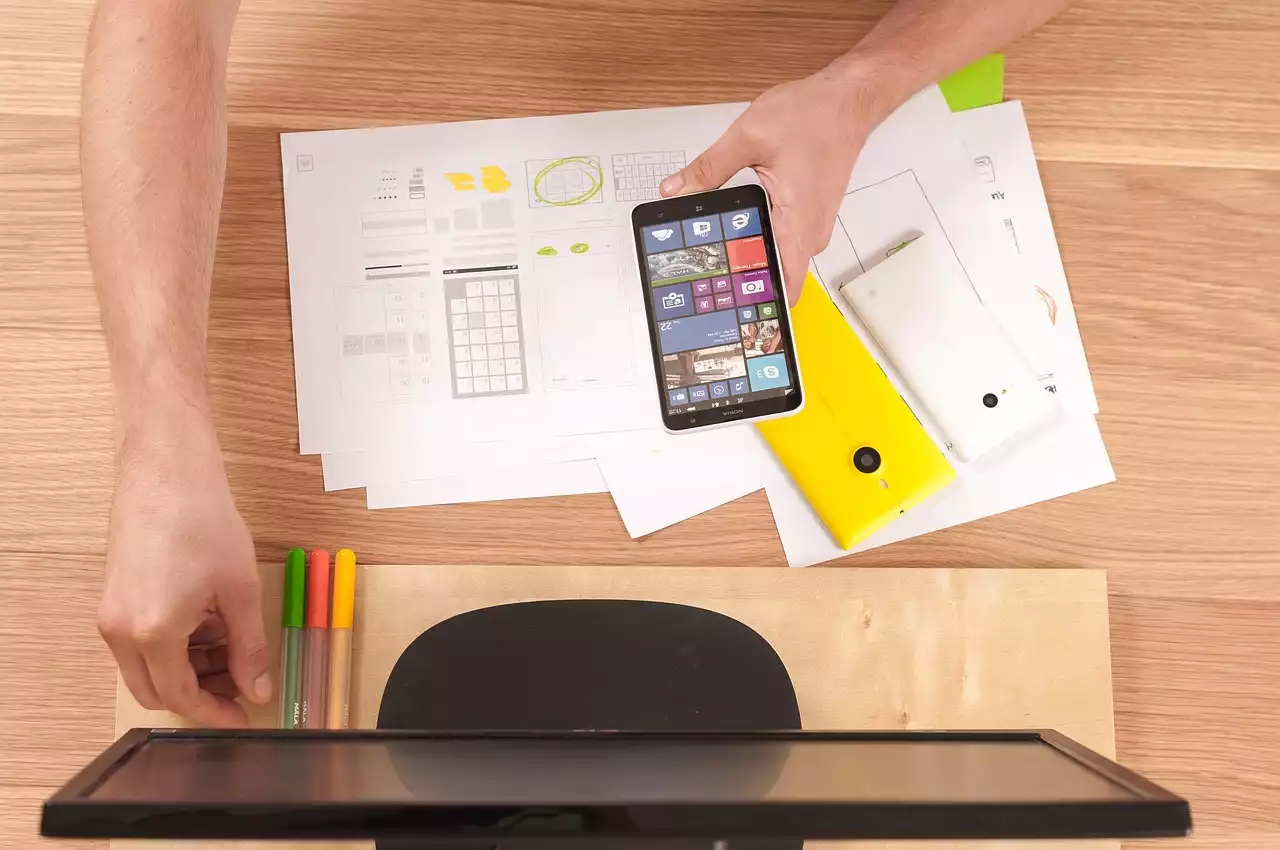Importance of User Satisfaction in UX Design
Creating a user-friendly interface is not just about making your website or application look good. It's about creating a seamless user experience that will keep your users coming back. In today's competitive digital landscape, users have more options than ever before. If they are not satisfied with your website or application, they will quickly move on to a competitor.
User satisfaction is crucial to the success of your website or application. It can impact everything from your bounce rate to your conversion rate. If your users are satisfied with their experience, they will be more likely to spend more time on your website or application, engage with your content, and convert into customers.
UX Design Techniques for Enhancing User Satisfaction
There are several UX design techniques that you can use to enhance user satisfaction. By implementing these techniques, you can create a user-friendly interface that is both visually appealing and easy to navigate.
User Research and Persona Creation
One of the most critical aspects of UX design is understanding your users. User research involves gathering data about your users and their needs. This can include everything from conducting surveys to analyzing website analytics. Once you have gathered this data, you can use it to create user personas.
User personas are fictional characters that represent your target audience. They are created based on your research and help you better understand your users' needs, goals, and pain points. By creating user personas, you can ensure that your website or application is designed with your users in mind.
Information Architecture and Navigation
Information architecture is the process of organizing your website or application's content. This includes everything from creating a sitemap to organizing your content into categories. By organizing your content in a logical and intuitive way, you can make it easier for your users to find what they are looking for.
Navigation is also a critical aspect of UX design. Your website or application should have clear and easy-to-use navigation that allows your users to move seamlessly through your content. This includes everything from using descriptive labels to including breadcrumbs.
Prototyping and Usability Testing
Prototyping is the process of creating a working model of your website or application. This allows you to test your design and make changes before launching your website or application. Usability testing involves gathering feedback from users about your prototype. By testing your design with real users, you can identify any issues and make improvements before launching.
Visual Design and Accessibility
Visual design is an essential aspect of UX design. Your website or application should be visually appealing and engaging. This includes everything from choosing the right color palette to using high-quality images. It's also important to ensure that your website or application is accessible to all users, including those with disabilities.
Continual Improvement and Iteration
UX design is an ongoing process. Once you have launched your website or application, you should continue to monitor and improve your design based on user feedback. This includes everything from analyzing website analytics to gathering feedback from users.
Case Studies of Successful UX Design Techniques
There are many examples of successful UX design techniques. One example is the redesign of the Airbnb website. Airbnb redesigned its website to simplify the booking process and create a more user-friendly interface. This included everything from improving the search function to adding more photos.
Another example is the redesign of the Dropbox website. Dropbox redesigned its website to focus on its core features and create a more intuitive user experience. This included everything from simplifying the navigation to creating more visually appealing graphics.
Enhancing user satisfaction is crucial to the success of your website or application. By implementing these top 7 UX design techniques, you can create a user-friendly interface that is both visually appealing and easy to navigate. From conducting user research to continually improving your design, these techniques will help you create a seamless user experience that will keep your users coming back.










.png?size=50)